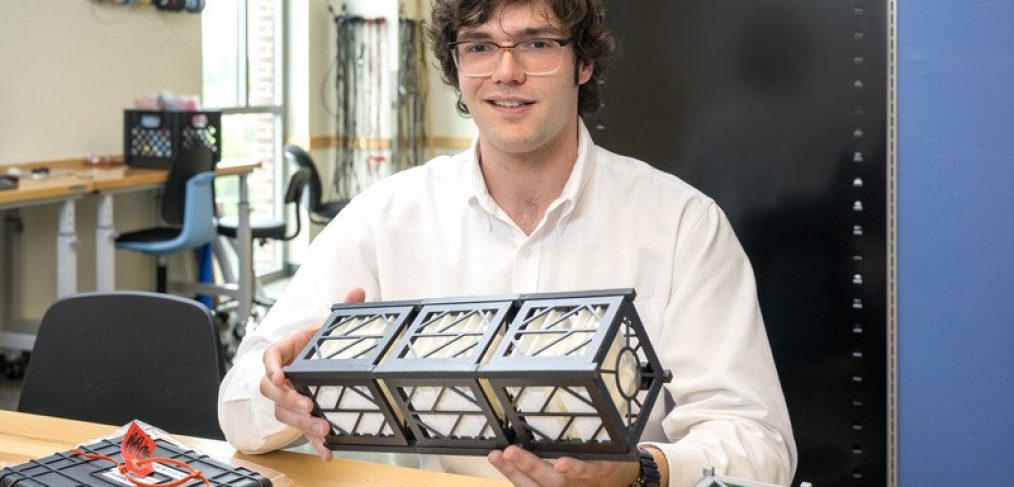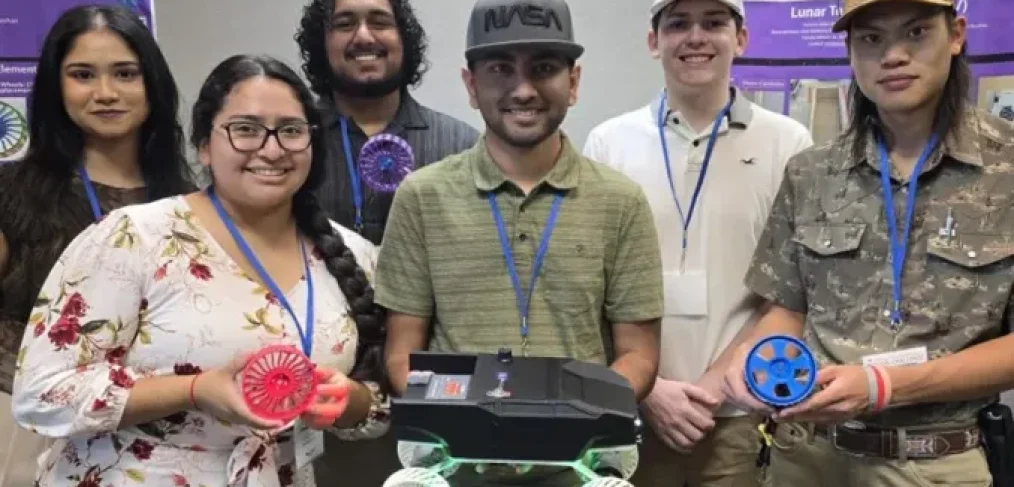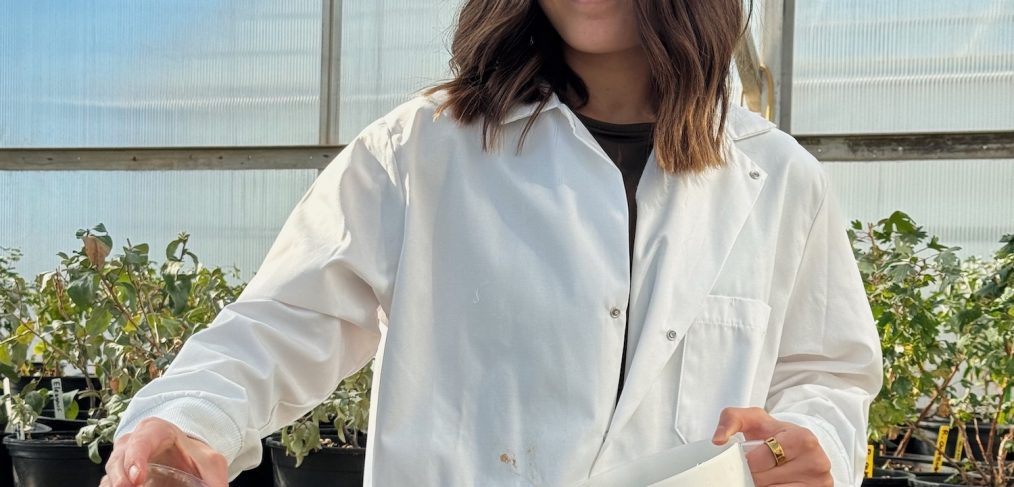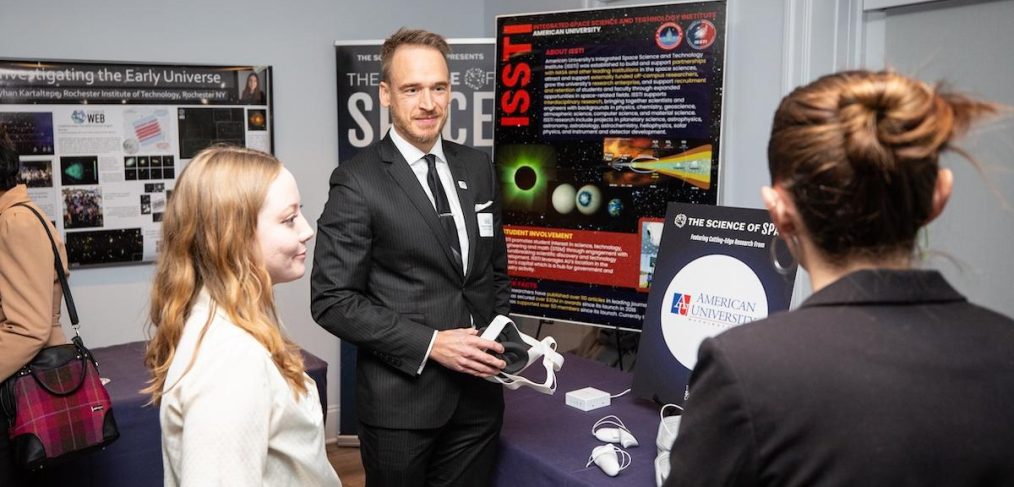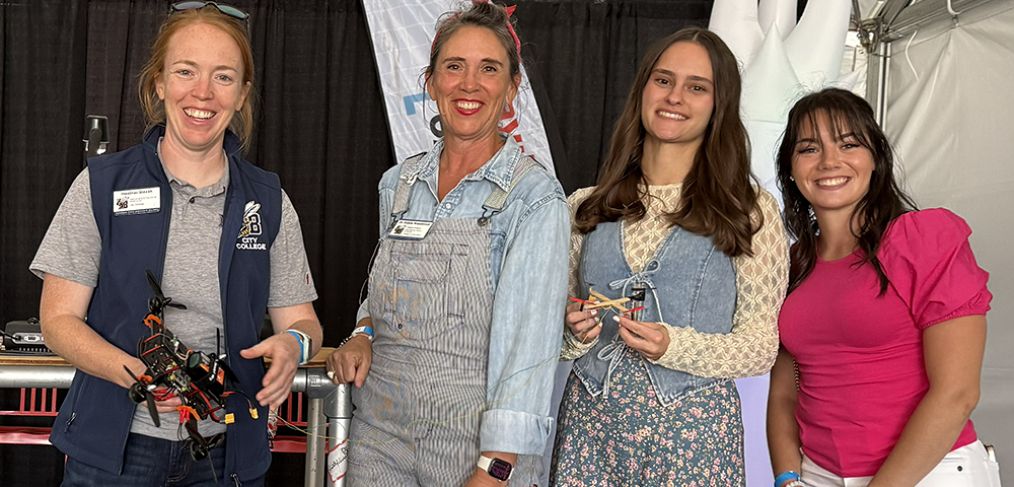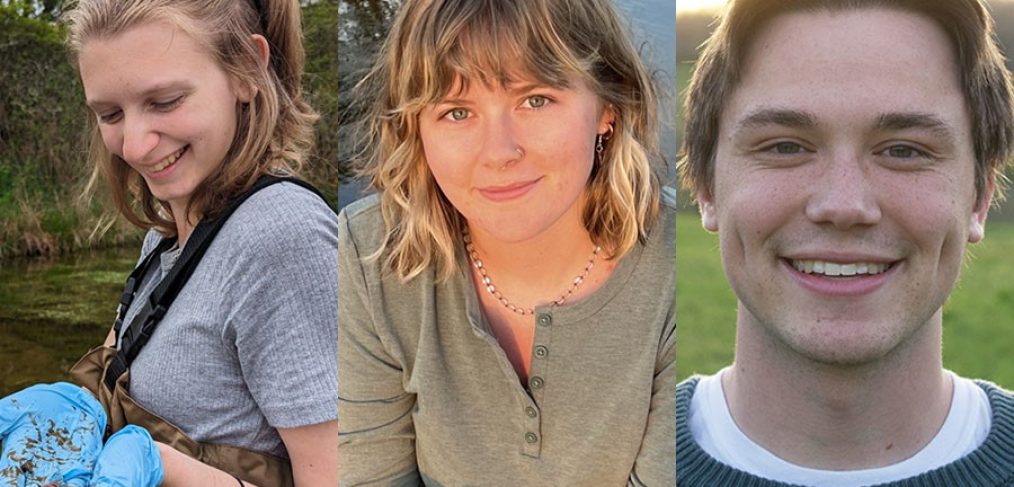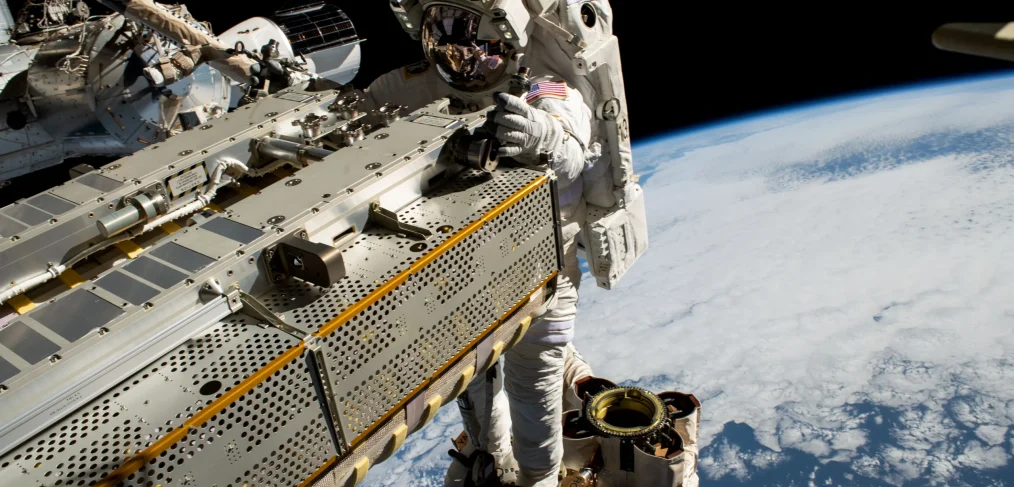Junior TJ Tomaszewski leads student team making Delaware history in space
When he was just 4 or 5 years old, Timothy “TJ” Tomaszewski lay in the grass one warm summer evening mesmerized by the glowing full moon and the stars moving across the sky.
“I clearly remember taking it all in, the majesty of the night sky and space and what might be up there … space has always symbolized the future to me,” he said.
The University of Delaware junior’s future includes making history as leader of UD’s Delaware Atmospheric Plasma Probe Experiment (DAPPEr) team, which will build the state’s first spacecraft to orbit the Earth.
Funded by NASA, the group of 18 undergraduates and two graduate students will create a three-unit CubeSat, a small satellite about the size of a loaf of bread that uses a standard size and form and standardized parts, to study how the sun affects the Earth’s upper atmosphere. It is one of 10 satellites being built at institutions in eight states to have the opportunity to be placed into orbit. Launch is scheduled for early to mid-2026.
“It’s always been part of my makeup and my goal to work with space science, preferably at NASA where I can work on rockets,” he said. “And now I have this incredible opportunity to lead a mission — to have a team and build something that we send into space.”
Author Credit: Brenda Lange
Image Credit: Photos by Kathy F. Atkinson and courtesy of TJ Tomaszewski
Original Post Date: June 28, 2024


